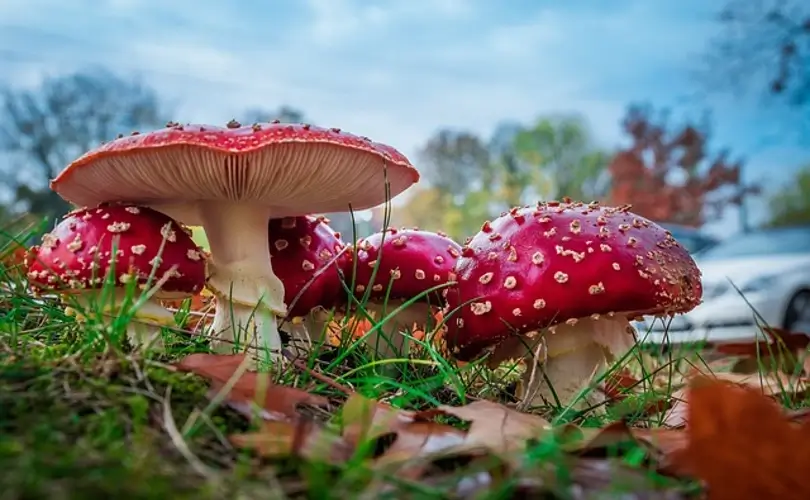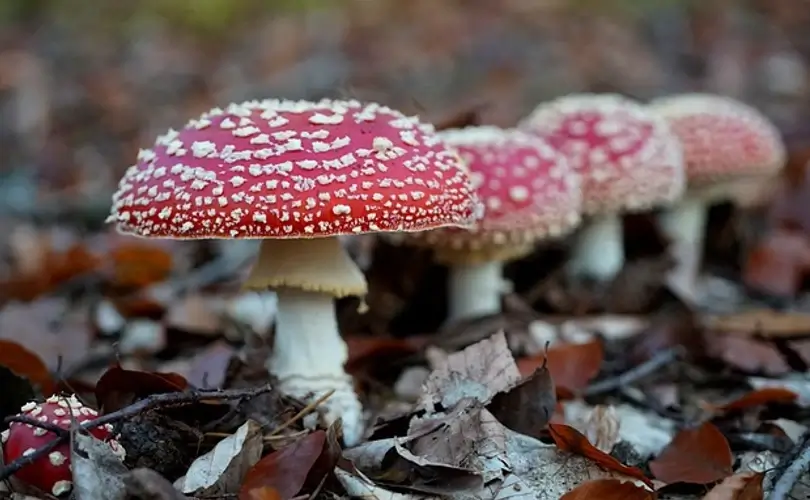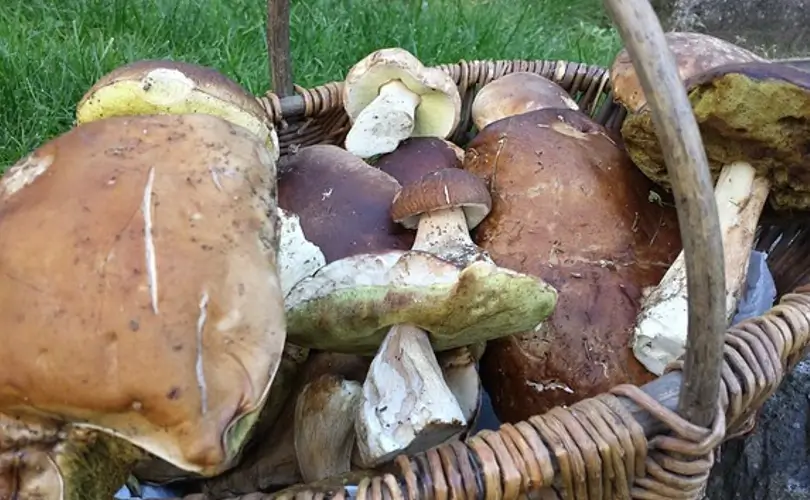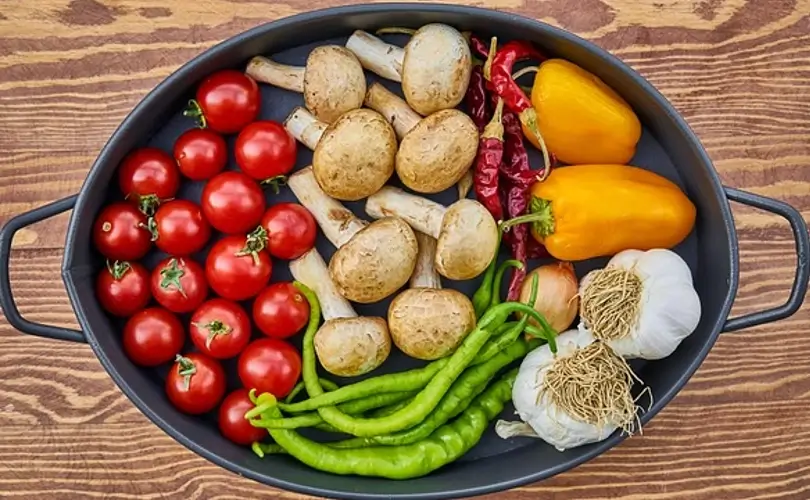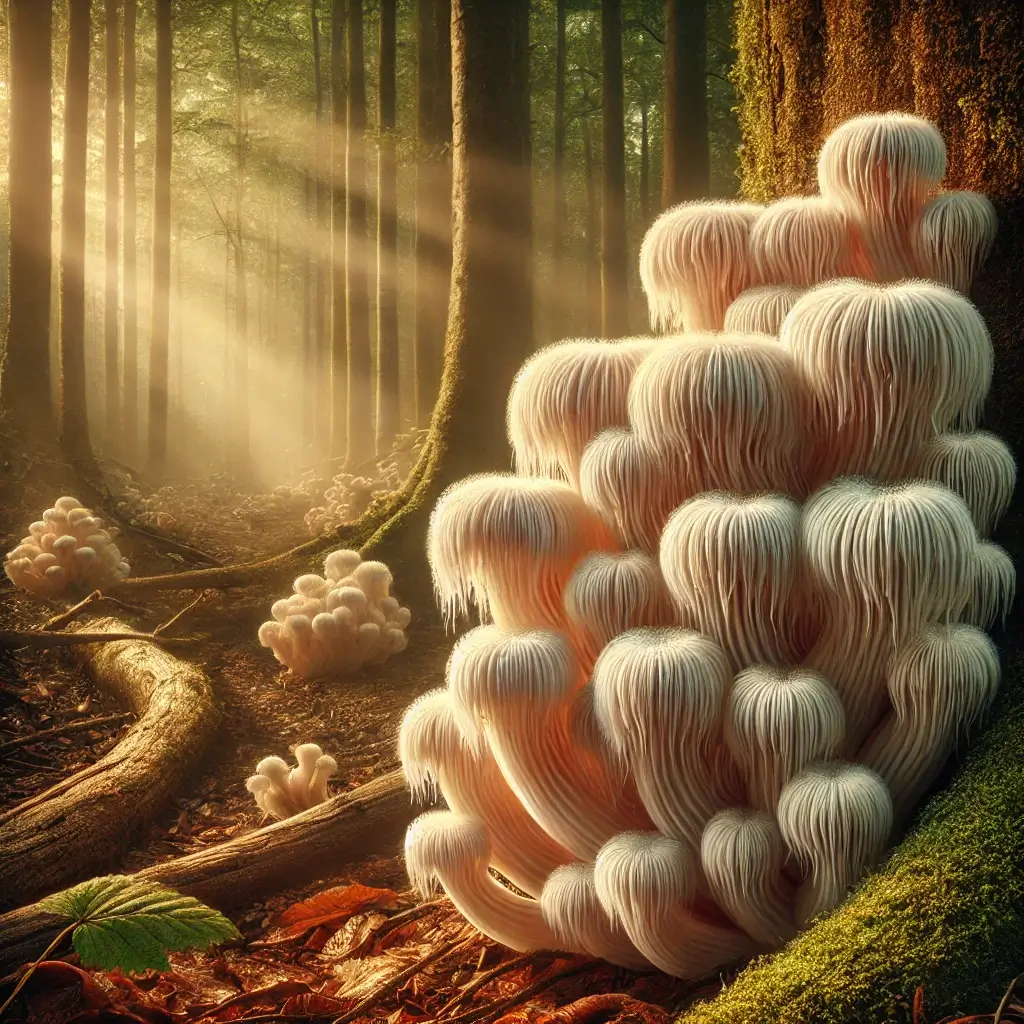Whether exploring for mushrooms or purchasing them at your local grocery store, you should always be aware of which mushrooms are edible and which are not. This is critical knowledge to have. Unfortunately, the toxic fungus can cause significant complications such as sickness and death. The good news is that the great majority of edible mushrooms are both safe and easy to identify.
What to Look for While Searching for Edible Mushrooms
The first step in identifying safe mushrooms is to educate yourself on the many types that grow in your area. This may be achieved by reading mushroom field guides or learning about the fungus native to your location.
Mushrooms that may be eaten are usually white or extremely light in color, with smooth tops. This is a strong indicator that they are fit for ingestion and can also help you find them in the wild.
The scent of a mushroom can also indicate whether or not it is edible. Therefore, consuming mushrooms with an odor regarded as odd or unpleasant is not suggested.
In addition to using one’s sense of smell, one may look at the texture of the mushroom and the colors it comes in. These are some alternative methods for distinguishing between edible and harmful mushrooms kinds. Most edible mushrooms have a solid or meaty texture, but most harmful mushrooms have a slick or slimy texture.
Similarly, chanterelles are a popular type of mushroom that can have a gritty texture when cooked for an extended period. To prevent this from happening, cook them for at least 10 minutes or until they are soft and cooked all the way through.
Although morel mushrooms are one of the most sought-after edible species, they are notoriously difficult to produce and may be expensive to acquire. To make it easier to find them, look for them at your local farmer’s market or in the fresh food department of your store.
Certain people believe that if a mushroom cap can be peeled off, it is safe to eat. This is true for specific types of mushrooms, such as shitakes and maitakes, but not for other kinds of mushrooms. Therefore, the two most effective ways to determine whether or not a mushroom is appropriate for human consumption are to read up on its distinctive characteristics and check its edible status with the assistance of a respected field guide. Finally, this is the most secure technique.
What are the most common mushroom kinds that may be eaten?
First, there are edible mushrooms with a broad range of tastes, from fruity to nutty, depending on the type. These mushrooms are a fantastic addition to your meals and may be used instead of meat in many dishes.
Morels, oyster mushrooms, chanterelles, and portobello mushrooms are just some popular edible mushrooms. These mushrooms are widely accessible in supermarkets and may be prepared and eaten as a component in a wide range of dishes.
The honeycomb-like crown and nutty flavor of the morel are two reasons for its great value. However, cultivating them can be difficult. To get the most out of morels, they must be thoroughly boiled to eliminate the toxins that they contain.
Chefs love oyster mushrooms, sometimes known as “Moebius,” because of their powerful, nutty flavor and meaty texture. These mushrooms are versatile enough for various cuisines but taste best when stuffed inside pasta or ravioli.
Although oyster mushrooms are commonly used in a number of cuisines, you must be careful not to overcook them. As a result, the texture may become rough and stringy, making the dish unpleasant to eat.

Dominic E. is a passionate filmmaker navigating the exciting intersection of art and science. By day, he delves into the complexities of the human body as a full-time medical writer, meticulously translating intricate medical concepts into accessible and engaging narratives. By night, he explores the boundless realm of cinematic storytelling, crafting narratives that evoke emotion and challenge perspectives. Film Student and Full-time Medical Writer for ContentVendor.com
